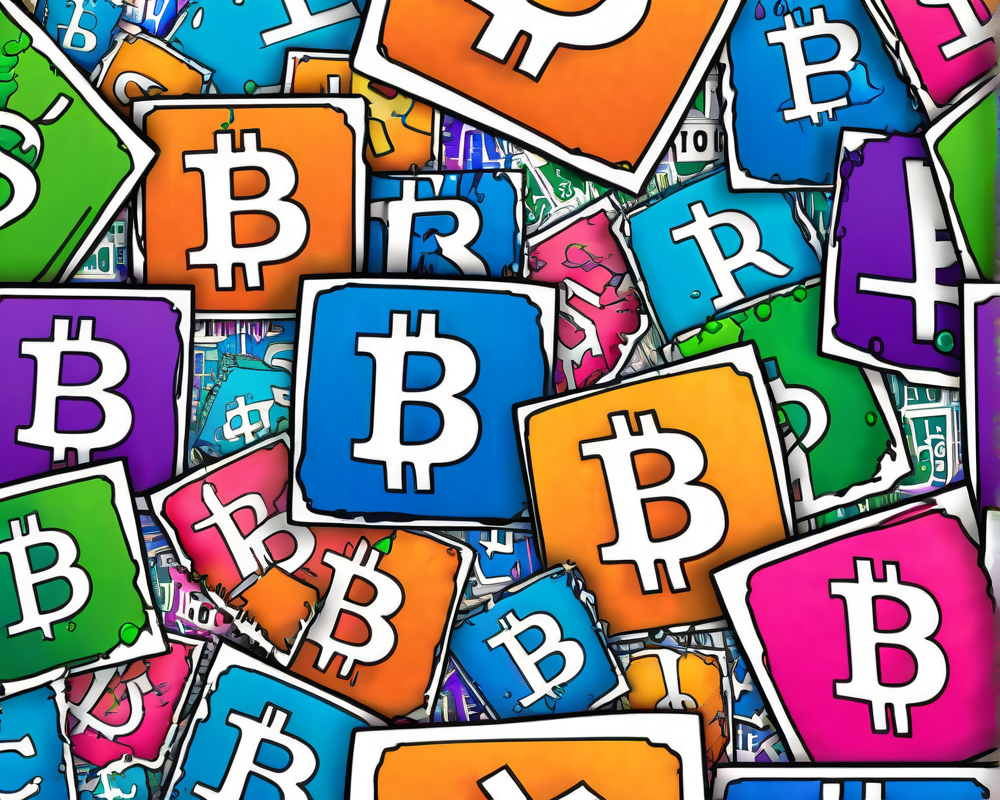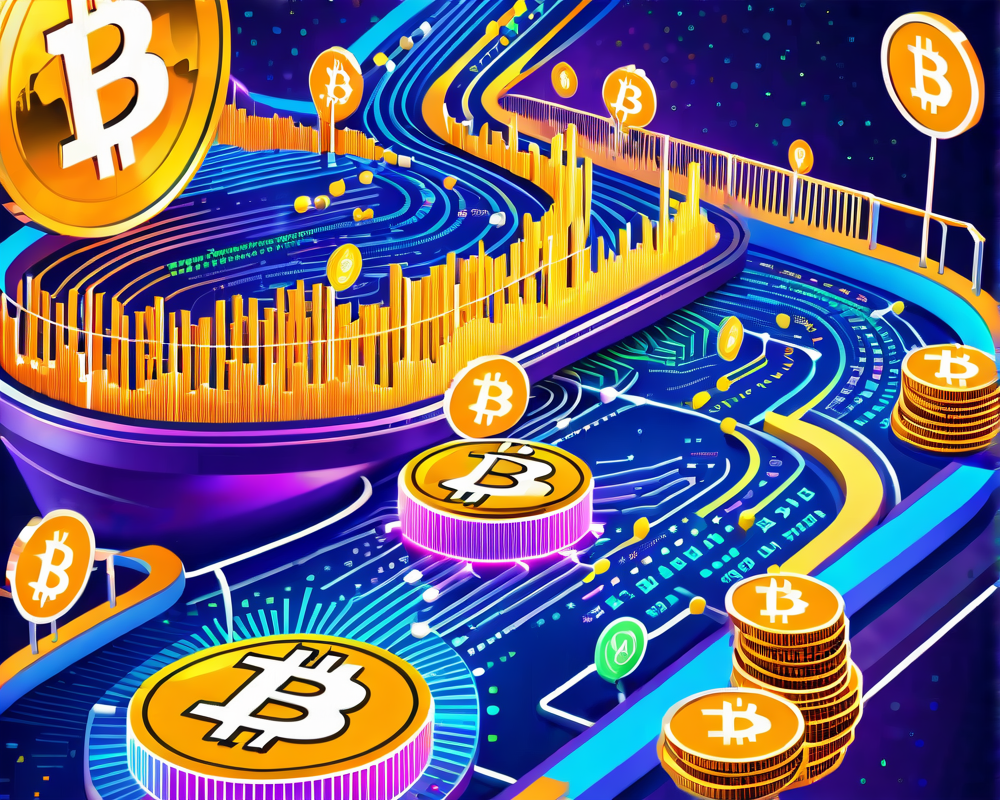The Great Debate: Bitcoin Ordinals and Blockspace
Let’s dive headfirst into the world of Bitcoin Ordinals, shall we? Introduced in February 2023, these inscriptions have taken the digital currency world by storm, claiming the lion’s share of the network’s daily transactions. However, skeptics have raised alarms about whether these little inscriptions are robbing the network of bandwidth needed for more critical monetary transfers. Fear not! According to on-chain analytics firm Glassnode, things aren’t quite as dire as they seem.
Data Speaks: Inscriptions vs. Bitcoin Transfers
According to Glassnode’s September 25 report titled “The Week On-chain,” there’s minimal evidence that these pesky inscriptions are displacing higher-value Bitcoin (BTC) monetary transfers. Reportedly, inscription users tend to prefer low fee rates and are more than willing to wait longer for their transactions to be confirmed. What does this mean for the network? Well, it appears that inscription users are happily taking up the cheapest blockspace available, while urgent monetary transfers swoop in like seagulls at a beach picnic when necessary.
Mining Fees: The Not-So-Obvious Reality
While Bitcoin Ordinals have ramped up the number of daily transactions, they’ve only accounted for about 20% of Bitcoin’s transaction fees. Which is kind of like bringing a salad to a barbecue—great for the numbers, but maybe not for the overall usefulness. So even though we’re seeing a surge in activity, it doesn’t necessarily translate to a windfall for miners. In fact, it’s more about the volume these inscriptions provide—which effectively boosts the base-load demand for blockspace.
Miner Competition: The Tough Game
With the hash rate skyrocketing by 50% since the introduction of Ordinals, mining has turned into a fierce battle. Imagine a game of musical chairs, only the chairs are revenue fees and everyone is elbowing to get a spot. As Glassnode observes, the looming Bitcoin halving event in April 2024 adds to the competitive tension. Miners might be feeling the pinch unless BTC prices swoop up like an unclaimed pizza at a college party.
BRC-20 Tokens and the Future of Inscriptions
As we stand on the precipice of change, the current wave of inscriptions is heavily influenced by BRC-20 tokens, which were introduced shortly after the launch of the Ordinals protocol. On September 25, Ordinals creator Casey Rodarmor put forth “Runes,” suggesting a more efficient token protocol that would minimize “junk” unspent transaction outputs cluttering the network. Because let’s face it, nobody likes a messy desk, and definitely not a messy blockchain!
Conclusion: What Lies Ahead?
In summary, Bitcoin Ordinals might be shaking things up, but they’re not exactly throwing monkey wrenches into high-priority transactions. As the market continues to evolve, it will be interesting to see how these inscriptions impact the Bitcoin ecosystem long term—will they lead to a renaissance of creativity in the blockchain world, or will they fizzle out like a forgotten trend? Only time will tell.




